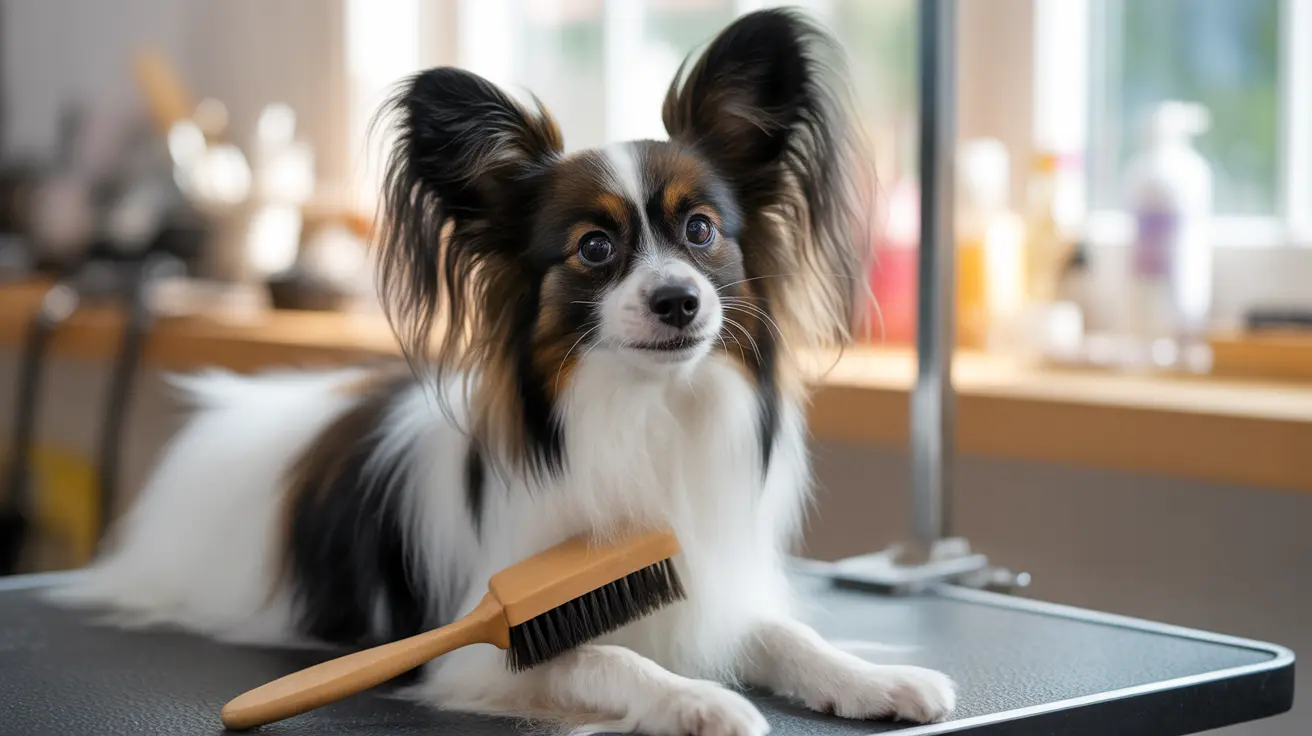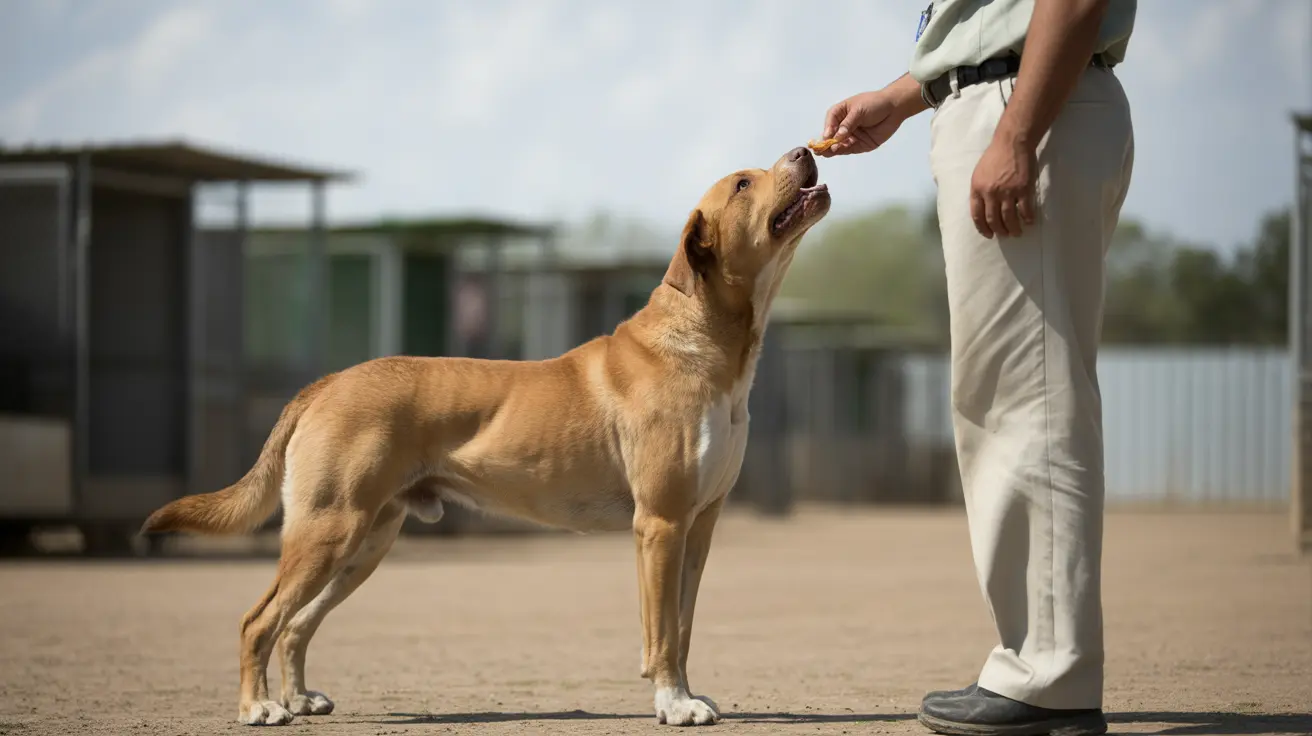Understanding the Papillon's Coat and Allergen Production
For allergy sufferers considering a Papillon as their next companion, it's crucial to understand that despite their elegant, single-layered coat, Papillons are not classified as hypoallergenic dogs. These beautiful "butterfly dogs" do possess some characteristics that may make them more tolerable for some allergy sufferers, but they still produce allergens that can trigger reactions in sensitive individuals.
While Papillons shed less than many other breeds due to their lack of an undercoat, they still release dander, saliva, and other proteins that are responsible for allergic reactions. Understanding these factors is essential for making an informed decision about bringing a Papillon into your home.
The Truth About Papillon Shedding
Papillons feature a distinctive single-layer coat that sets them apart from many other breeds. Unlike double-coated dogs, they lack the dense undercoat that typically contributes to heavy shedding. This characteristic results in moderate rather than excessive shedding throughout the year, with slight increases during seasonal changes.
Their fine, silky hair is less likely to become airborne compared to the coarser fur of other breeds, which can be beneficial for allergy sufferers. However, they still shed enough to require regular grooming and cleaning to manage loose hair and dander.
Managing Allergies with a Papillon
While not hypoallergenic, there are several effective strategies for managing allergies if you're determined to share your life with a Papillon:
- Regular grooming sessions (2-3 times per week)
- HEPA air purifiers in main living areas
- Frequent vacuuming with allergen-specific filters
- Maintaining designated pet-free zones in the home
- Regular bathing schedule (every 4-6 weeks)
Essential Grooming Practices
Proper grooming is crucial for minimizing allergen exposure when living with a Papillon. Their silky coat requires consistent maintenance to prevent matting and control dander distribution:
- Use a soft-bristled brush or pin brush suited for their fine coat
- Focus on areas prone to tangling, such as behind the ears and chest
- Implement a regular bathing schedule using hypoallergenic dog shampoo
- Keep the area around their face clean to minimize saliva-based allergens
Frequently Asked Questions
Is the Papillon dog breed hypoallergenic and suitable for people with allergies?
No, Papillons are not considered hypoallergenic. While they shed less than many breeds due to their single-layer coat, they still produce allergens through dander, saliva, and urine that can trigger allergic reactions.
How often should I groom and brush my Papillon to reduce allergens in my home?
Brush your Papillon 2-3 times per week and schedule baths every 4-6 weeks. Regular grooming helps remove loose hair and dander, reducing allergen levels in your home.
What are the best grooming tools and techniques for maintaining a Papillon's coat without damaging it?
Use a soft-bristled brush or pin brush specifically designed for fine coat types. Avoid harsh de-shedding tools that could damage their delicate hair. Always brush gently and work in sections to prevent tangles.
How does Papillon shedding compare to other breeds commonly considered hypoallergenic?
Papillons shed more than truly hypoallergenic breeds like Poodles or Maltese but less than double-coated breeds. Their single-layer coat means moderate, year-round shedding with seasonal increases.
Can allergy sufferers manage symptoms while owning a Papillon, and what steps help reduce allergic reactions?
Yes, many allergy sufferers can successfully manage symptoms through consistent cleaning routines, proper ventilation, regular grooming, and creating pet-free zones in the home. It's recommended to spend time with a Papillon before committing to ensure compatibility with your allergy sensitivity.






